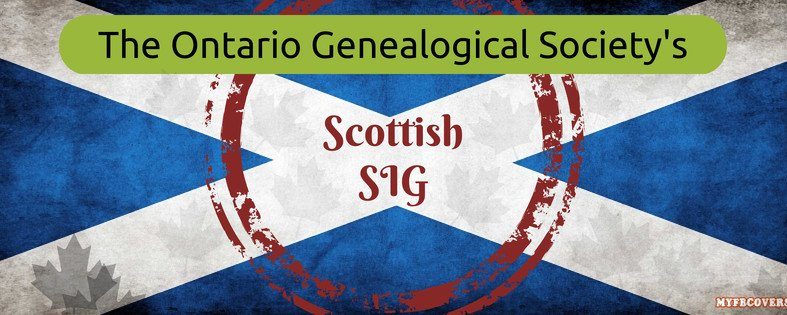- The first son was named after the father’s father.
- The second son after the mother’s father.
- The third son after the father.
- The first daughter after the mother’s mother.
- The second daughter after the father’s mother.
- The third daughter after the mother.
Gaelic Name Tool
Stu McRae has provided an excellent tool to help decipher some of the Gaelic names. You can access it here
Reading Old Script
Sometimes reading the old script found in parish registers, letters or even in records on Scotland’s People is a challenge! Stu McRae has offered us a look at letter variations found in old handwriting to help us decipher more of the words we read. You can access it here
Scotland’s People research guides
You can download and keep their “Reading Older Handwriting Guide” found here or read it online and follow some of their suggested links for further reading and research on the subject.
There is also a really helpful guide on Forenames that can be found here. This guide will also help you with how to best search on Scotland’s People by using the (*) as a wildcard in names to broaden the search results.
There are many other research guides on the site, listed along the left side of the pages linked above.
